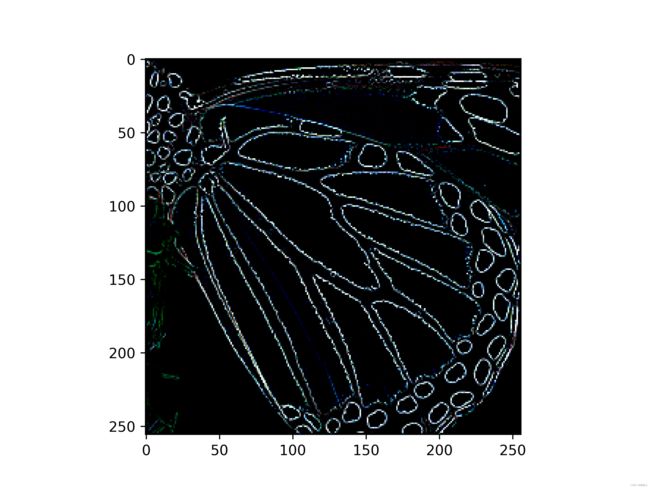import numpy as np
import cv2
from matplotlib import pyplot as plt
def conv(image, kernel, mode='same'):
if mode == 'fill':
h = kernel.shape[0] // 2
w = kernel.shape[1] // 2
image = np.pad(image, ((h, h), (w, w), (0, 0)), 'constant')
conv_b = _convolve(image[:, :, 0], kernel)
conv_g = _convolve(image[:, :, 1], kernel)
conv_r = _convolve(image[:, :, 2], kernel)
res = np.dstack([conv_b, conv_g, conv_r])
return res
def _convolve(image, kernel):
h_kernel, w_kernel = kernel.shape
h_image, w_image = image.shape
res_h = h_image - h_kernel + 1
res_w = w_image - w_kernel + 1
res = np.zeros((res_h, res_w), np.uint8)
for i in range(res_h):
for j in range(res_w):
res[i, j] = normal(image[i:i + h_kernel, j:j + w_kernel], kernel)
return res
def normal(image, kernel):
res = np.multiply(image, kernel).sum()
if res > 255:
return 255
elif res < 0:
return 0
else:
return res
if __name__ == '__main__':
path = './img1.png'
image = cv2.imread(path)
image=cv2.cvtColor(image,cv2.COLOR_BGR2RGB)
# kernel 是一个3x3的边缘特征提取器,可以提取各个方向上的边缘
# kernel2 是一个5x5的浮雕特征提取器。
kernel1 = np.array([
[1, 1, 1],
[1, -9, 1],
[1, 1, 1]
])
kernel2 = np.array([[-1, -1, -1, -1, 0],
[-1, -1, -1, 0, 1],
[-1, -1, 0, 1, 1],
[-1, 0, 1, 1, 1],
[0, 1, 1, 1, 1]])
res = conv(image, kernel1, 'fill')
plt.imshow(res)
plt.savefig('./out.png', dpi=600)
plt.show()

